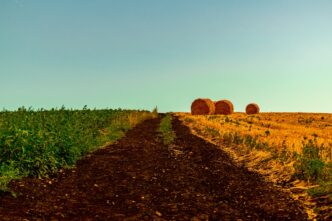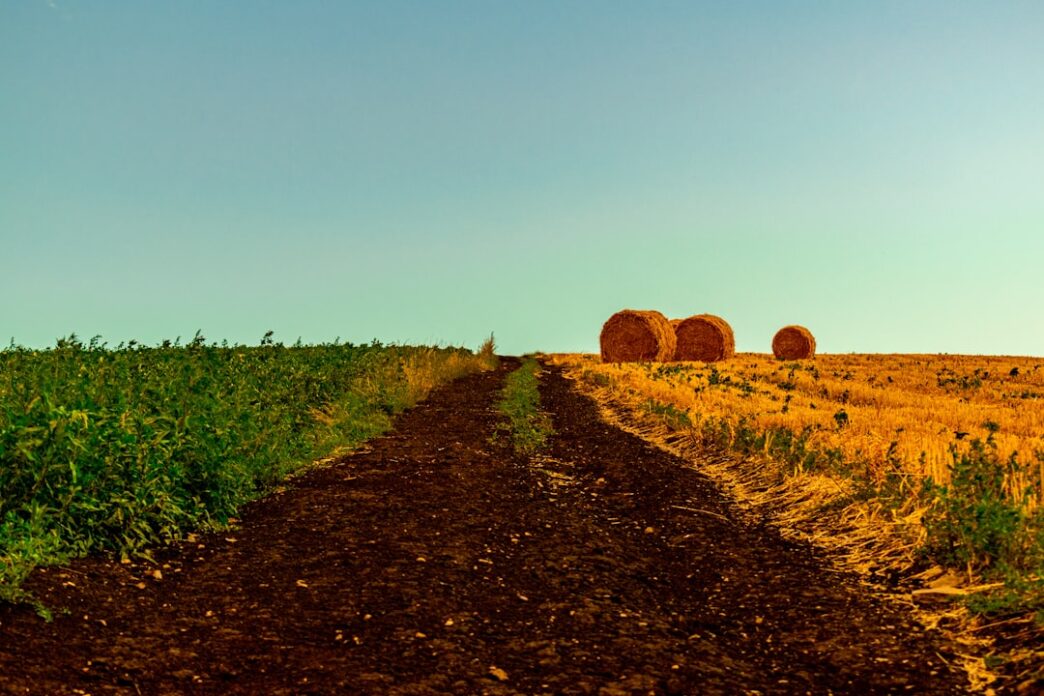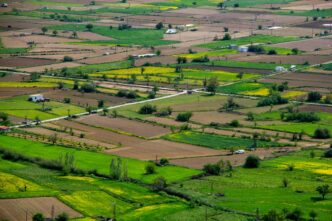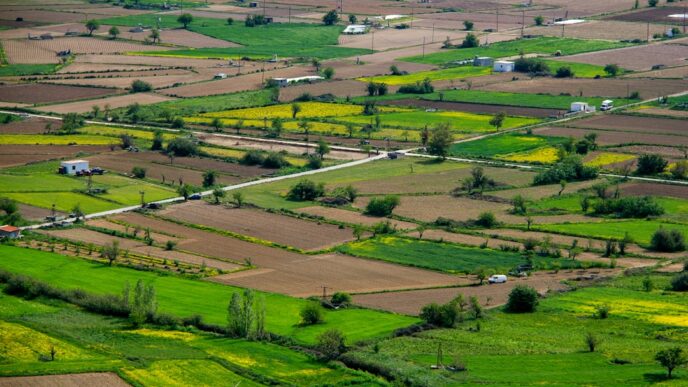A quiet revolution is taking root in the fields of rural America and beyond, as sustainable agriculture emerges as a critical factor in revitalizing local economies. As consumers become increasingly environmentally conscious, the demand for organic produce and ethically sourced food is creating a burgeoning market that is redefining agricultural structures and rural livelihoods.
In the heart of California’s Central Valley, farmers are pivoting from traditional monoculture practices to diversified, eco-friendly farming systems. Organizations like the California Certified Organic Farmers (CCOF) are leading this charge by certifying organic farms and promoting sustainable practices. This shift is not merely about crop yields; it’s about fostering resilient communities that can withstand economic fluctuations and climate change.
Take the case of a 200-acre farm in Merced County. As recently as five years ago, the owner relied heavily on water-intensive crops like almonds. Faced with mounting water scarcity and fluctuating market prices, he decided to transition to a polyculture system that includes organic vegetables, fruits, and even flowers. This diversification not only improved soil health but also opened up multiple revenue streams. The farm now supplies local markets, restaurants, and even a burgeoning subscription box service for organic produce, demonstrating how adaptability can lead to economic stability.
Investments in sustainable agricultural practices are not just a personal endeavor; they are increasingly supported by policy shifts at the governmental level. The U.S. Department of Agriculture (USDA) has launched several initiatives aimed at promoting sustainable farming, such as the Conservation Stewardship Program, which encourages farmers to adopt practices that improve environmental quality. Additionally, the Inflation Reduction Act, passed in 2022, included substantial provisions for sustainable agriculture, indicating a long-term commitment to this sector.
However, this transformation is not without challenges. The initial costs associated with transitioning to sustainable practices can be prohibitive for small-scale farmers. Access to capital is crucial; thus, innovative financing solutions are emerging. For instance, community-supported agriculture (CSA) models invite local consumers to buy shares in farms, providing upfront capital to farmers while ensuring a steady market for their goods. This arrangement fosters a sense of community and investment in local economic health.
Moreover, the impact of sustainable agriculture extends beyond individual farms. Local economies are seeing the benefits in job creation, as new processing facilities and distribution networks are established to support local produce. In Michigan, for example, the growth of organic farming has led to the emergence of cooperatives that not only help farmers market their goods but also create jobs in food processing and logistics.
While the benefits are clear, the path to widespread adoption remains complex. Farmers face the daunting task of navigating a marketplace that has long favored conventional agricultural practices. The challenge lies in educating consumers about the long-term benefits of investing in sustainable options over cheaper, conventional alternatives.
The rise of sustainable agriculture is not just an environmental necessity; it is an economic opportunity. As rural communities embrace this shift, they can build a more equitable and resilient economic future. The Green Gold Rush is more than a trend—it’s a sustainable investment in the health of our communities and the planet.













